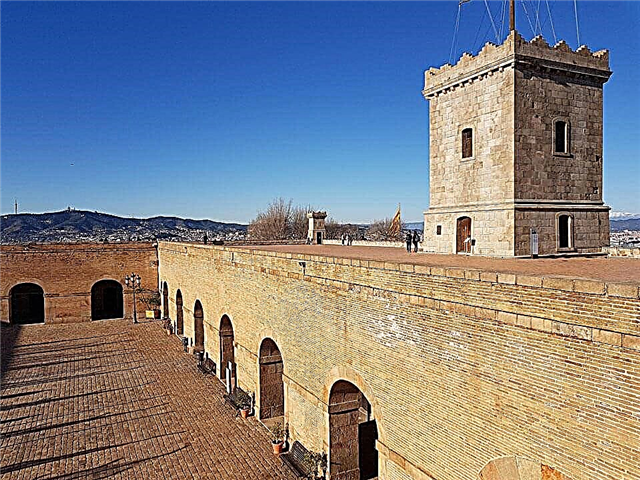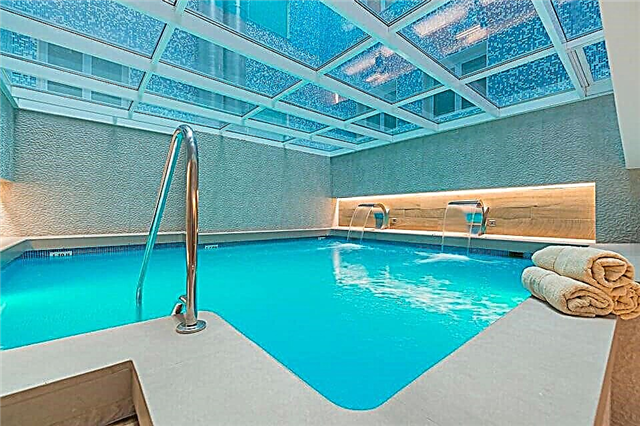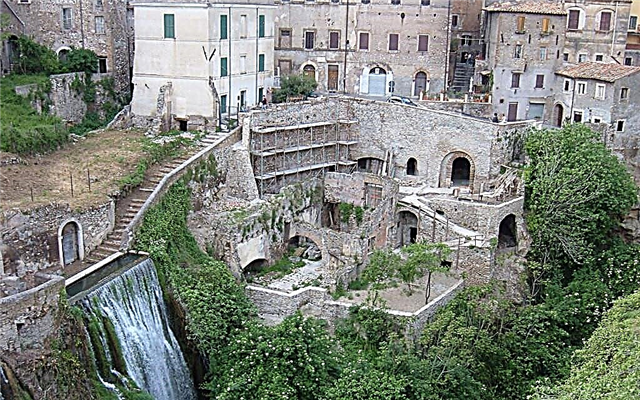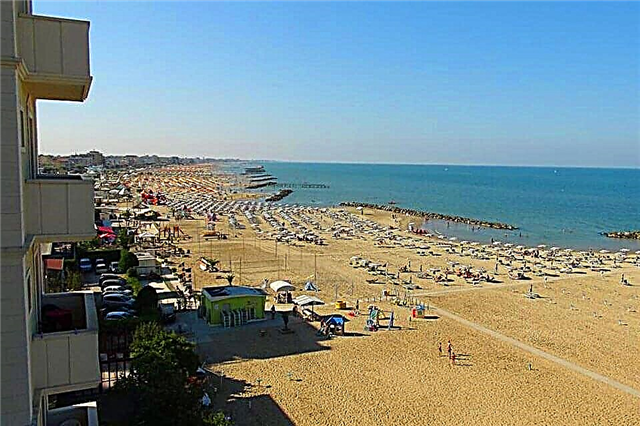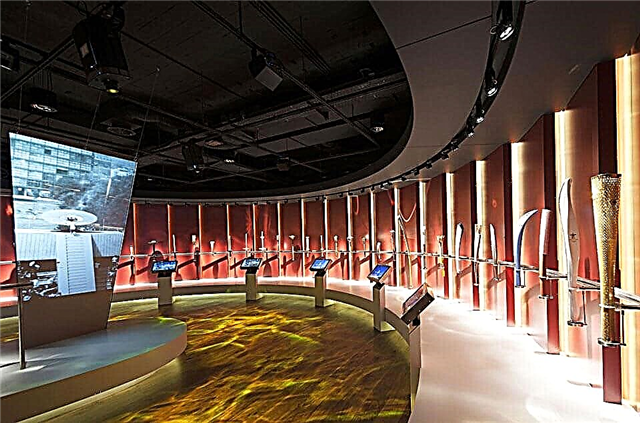The Kaliningrad Region, the northwestern border of Russia, is of great interest to tourists. Ancient history, many natural and cultural monuments - all this will give guests vivid impressions. It is advisable to come here for a few weeks in order to discover the local land for yourself without haste. But if there is no such opportunity, it is worth seeing at least the main attractions. So, what can you see in Kaliningrad in 3 days?
1 day
The first day is best to devote to exploring the city itself. Of course, you will not have time to visit all its museums, parks, see all the monuments. But now you will find out about the most interesting objects that are worth paying attention to.
Kant island
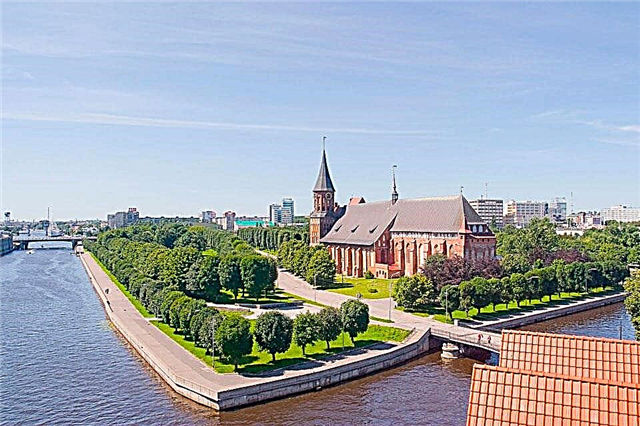
In the 14th century, the island of Kant (then called Kneiphof) was a populous, built-up area of Königsberg. Vessels moored here, local and overseas goods were traded here. Perhaps it would have remained so, but shortly before the end of World War II, as a result of massive bombing, both Königsberg itself and the houses on Kneiphof Island were destroyed. From the huge cathedral, which was located here, only ruins remained.
But the cathedral was subsequently restored, and the ruins of houses were used to restore the buildings of Leningrad. Instead, a park was laid out on the island, today it is decorated with numerous sculptures. The main attraction of the island is the cathedral, near its walls is the tomb of the famous Immanuel Kant. Tourists also visit the monuments to Duke Albrecht of Brandenburg and theologian Julius Rull. They visit the Fishing Village, as well as leisurely stroll through the park, admiring the views and taking photographs.
Museum of the World Ocean
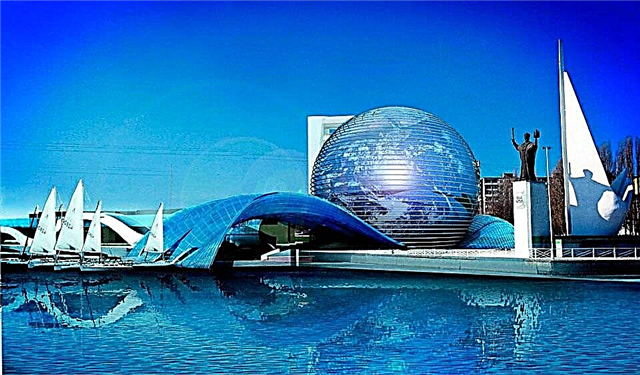
This museum will be interesting to visit for both adults and children. Its main building is located on the embankment of Peter the Great; there are also several branches. In the main building there are large aquariums, here fish, octopuses, corals live in the sea water. Such marine aquariums are a real rarity. The museum regularly hosts events, one of which you can attend. Souvenirs are sold right there, there is a dining room. You can go up to the observation deck of the lighthouse and take a look around the city.
The museum also owns a collection of ships and boats. A research vessel, a polar icebreaker, a combat submarine, and a fishing logger are on display here. But most of all tourists pay attention to the ship called "Vityaz", it traveled thousands of nautical miles, scientists from different countries worked here, including Thor Heyerdahl. You can climb the ships, inspect them, go down to the engine rooms, get acquainted with the crew cabins. You will also be treated to "naval" food.
Putti fountain
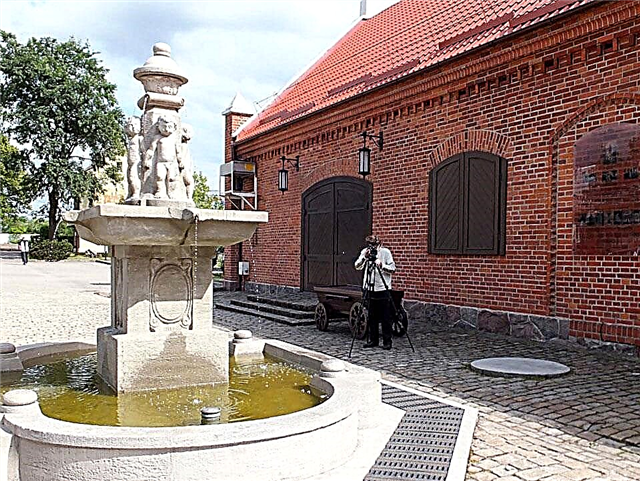
The creator of this beautiful fountain is the German sculptor Stanislav Kauer. And they named it by the word "putto", which means "babies" in Italian. The composition consists of four young angels holding each other's hands. The fountain was so successful that it won first place at an international exhibition in 1912.
The Poles wanted to buy it, but the sculptor refused the money and presented his work to his native Koenigsberg. Made of shell rock, Putti, nevertheless, survived the bombing of World War II, but after it was not restored for a long time, which affected the appearance of the fountain. Now the Museum of the World Ocean is in charge of it, and in 2011 the restoration was carried out. Every year, on April 30, the fountain is turned on, and it works throughout the warm season.
Cathedral
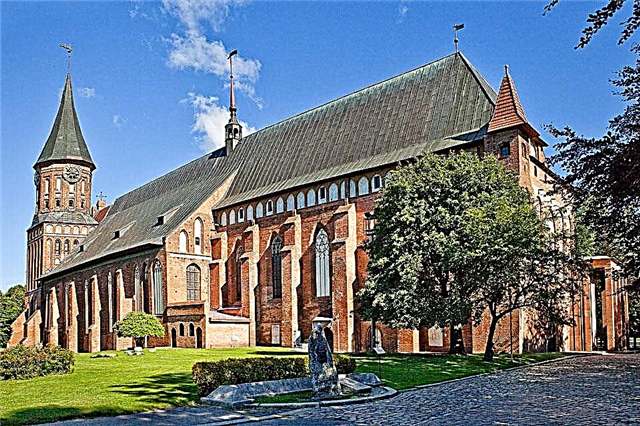
This is probably the most famous building in Kaliningrad. It began to be built in the 14th century and finished in the 17th. There was a university nearby, and its famous professors were buried on the territory of the cathedral. But the cathedral became famous also because Immanuel Kant rested here. During the Second World War, the cathedral was badly damaged: its wooden parts burned out, the decoration was lost. Only walls remained. The restoration of the cathedral began only in the 90s of the 20th century.
Today the cathedral has lost its former religious significance. True, there are 2 chapels - Orthodox and Protestant. But most tourists are in a hurry here not to take part in divine services. Guests inspect the old building, visit the museum, go up to the library. And those who love music come to concerts to listen to the organ. And, of course, all tourists visit Kant's grave.
Commemorative sign to the Baltic sailors
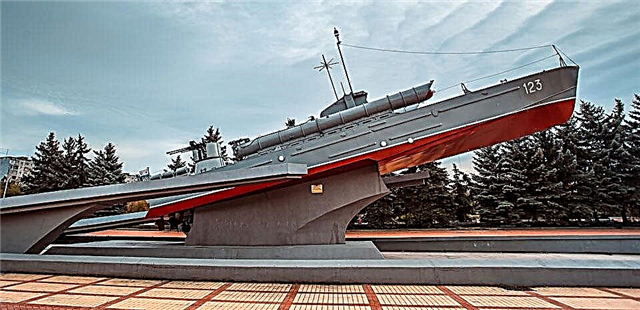
Kaliningrad is a city of sailors. And being here, one cannot fail to visit the Memorial Sign dedicated to the heroes. It is a torpedo boat with a pool underneath. On the high wall there is a bas-relief: the faces of the sailors, the date is 1945, the year of the end of the Second World War, and the words "Motherland remembers". It was these hardworking boats that sailed the Baltic Sea during the war, and their crews took part in the hostilities.
Art Gallery
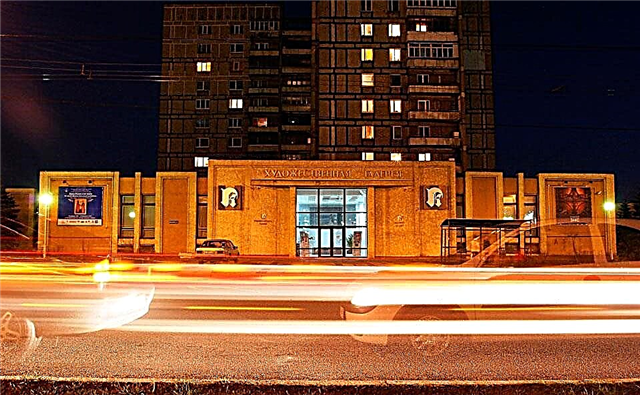
This is a young gallery, it was only opened in 1988, but the collection of artworks here is excellent, and it is constantly replenished. In addition, various events are regularly held here. The presented exposition includes 5 sections.
These are “Kaliningrad Artists”, “Graphics”, “Folk Crafts”, “Art Glass and Ceramics”, “Art and Culture of East Prussia”. You can see the works of domestic and foreign masters: paintings, sculptures, glass products. The gallery is very popular with tourists; visiting it is part of many excursions. It is located on Moskovsky Prospekt.
Holy Cross Cathedral
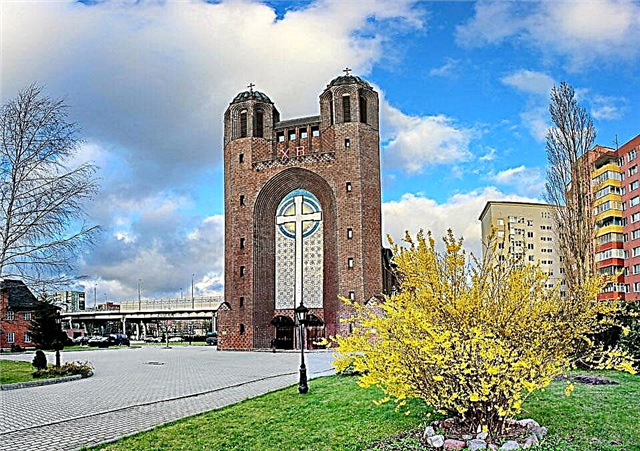
The cathedral is located on October Island. The building was built in the 30s of the last century for the Lutheran Evangelical community. A. Kikton became the author of the project. Monumental, rather gloomy, the Church of the Cross was distinguished by its Gothic features. During the Second World War, one of the towers burned down, much of the interior was lost.
In the post-war period, the church was used as a factory building, and then it was completely abandoned. The foundation went into the ground, cracks appeared on the walls ... In the 90s of the 20th century, the church was transferred to the Orthodox Church and restored. Now services are being held here, and not only believers, but also art lovers come to admire the beautiful iconostasis, decorated with amber.
Friedland gate
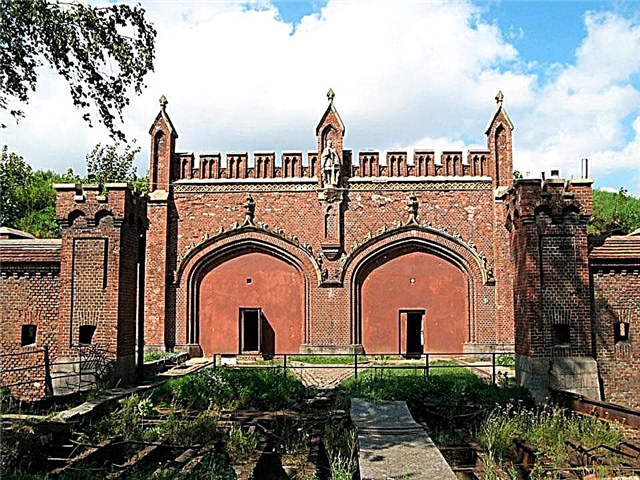
This museum, located at st. Dzerzhinsky 30, is very interesting. The gate itself is part of the 18th century defensive system. The museum was born much later. Various old things related to the history of the city find shelter here. When we were cleaning the ponds in South Park - many interesting things were found at the bottom - they became the basis of the collection. In 2002, a museum was officially opened here. Today it includes 3 expositions: "A virtual walk through the streets of Königsberg", "Knights' Hall" and "Civilization begins with a sewer".
Here you can immerse yourself in the atmosphere of old Koenigsberg, learn a lot about the Teutonic Knightly Order, and, of course, get acquainted with how the sewer system arose and was improved. In addition to permanent exhibitions, various exhibitions are often held here.
Rossgarten gate
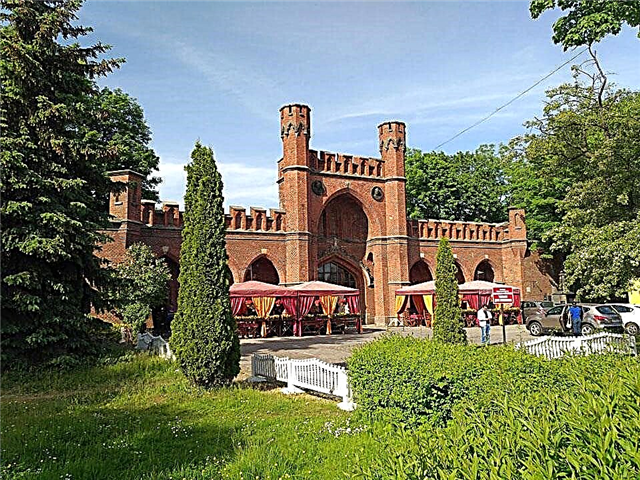
They are located next to Vasilevsky square. Built in the 19th century, on the site of an ancient gate dating back to the 17th century. The project was carried out by the engineer von Heil, the author of the sculptures was Wilhelm Sturmer. When the gate was rebuilt after World War II, a restaurant was opened here. The gates bear the stamp of history - after all, once the troops were stationed here to defend the city. There are three casemates on each side of the passage.Their windows overlook the city. All decorations are also located on the "city" side. The outer side of the gate is "harsh"; here you can see only embrasures and a blockhouse from which they fired.
Amber Museum
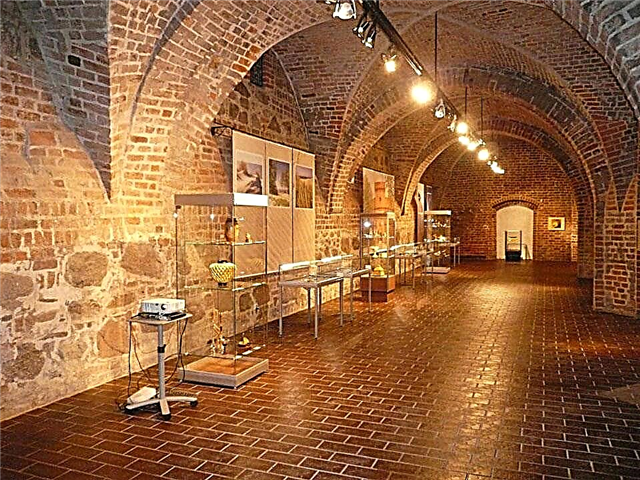
Everyone knows that Kaliningrad is the city of amber, popularly nicknamed "the sun stone". Therefore, such a museum was simply obliged to appear here. It was opened in 1979 in a 19th century fortress tower. Now here you can get acquainted with scientific experiments related to amber, and examine the 28 halls of the museum. First, you will learn about the origin of the "sun stone", see old products made from it. Some of the exhibits were obtained from the Kremlin Armory. Then you will be introduced to the amber industry. And, of course, your attention will be presented to the numerous works of contemporary jewelers.
Day 2 - Curonian Spit
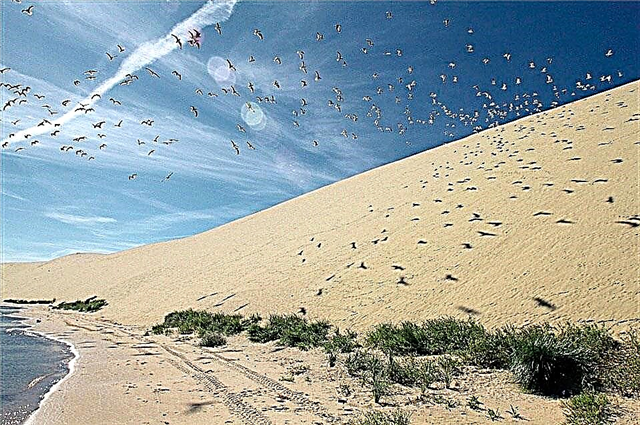
It makes sense to devote the second day to exploring the Curonian Spit: this strip of land separates the freshwater Curonian Lagoon from the Baltic Sea. In 1987, a national park was opened here. You can come here by regular bus from Kaliningrad: this type of transport runs about once an hour. If you are arriving by your own car, there will be a small fee. The funds are used for a good deed: they help preserve the ecology of the spit.
The Curonian Spit is a little less than 100 km long, and its width fluctuates, at its narrowest point it is 400 m, and at its widest - 4 km. The spit was formed due to the sand deposited by the waves, about 5 thousand years ago. The ancient tribes of the Curonians and the Vikings lived here, so archaeologists have found many interesting finds here.
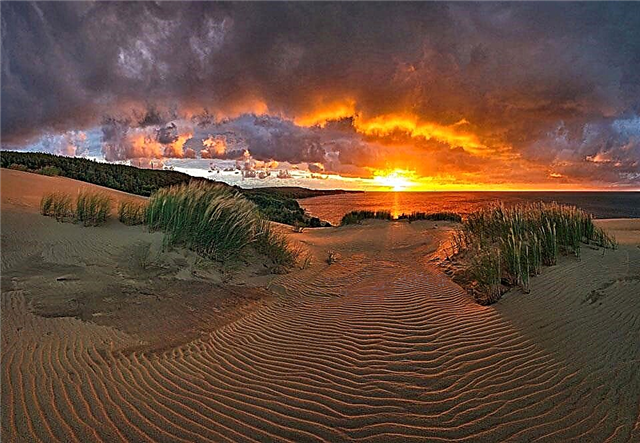
For tourists, the beauty of the Curonian Spit itself, its unusual landscapes are of interest. Throughout the day, one will replace the other. After passing the desert, you step into a meadow, and then find yourself in a pine forest, which will suddenly be replaced by a swamp. Is it possible to swim here? But how! Summer in these parts is relatively warm, autumn is also mild, the water in shallow bays warms up to + 26C. You just need to remember that not all places are accessible to tourists.
You can visit one of the villages - Rybachye, Lesnoy or Morskoye. By the way, here you can always have a snack and relax. There are hiking trails in the large national park. But in general, the ecology of the Curonian Spit is very vulnerable, so it cannot be disturbed.
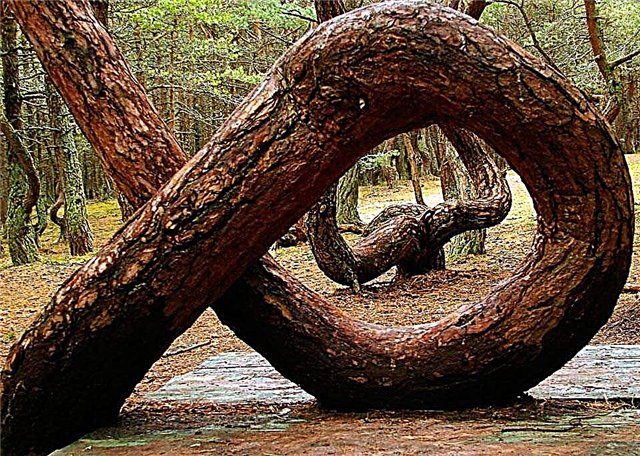
Another treasure of the Curonian Spit is birds. There are many of them here. It is through the spit that they fly when they travel from the northern countries to Africa or to the south of Europe. An ornithological station works here, where a lot of scientific work is carried out, birds are ringing. The foundation of the station was laid at the beginning of the 20th century. Here you will forget about time, enjoying the sound of waves, the voices of birds, inhaling the smell of pine summer. And, of course, you can find amber on the shore.
Day 3 - Baltiysk
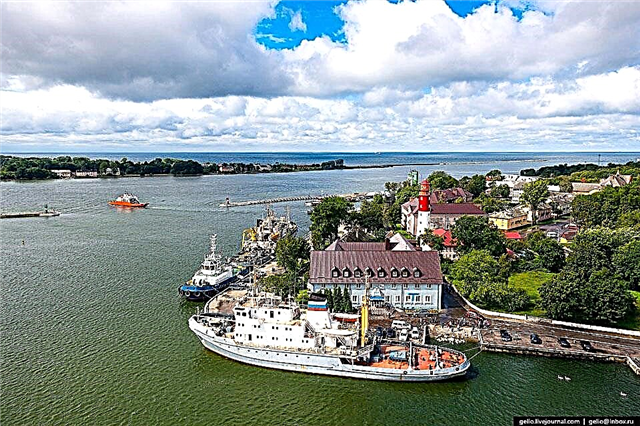
This picturesque city is the westernmost point of Russia. And his story is simply mesmerizing. There are probably more historical and cultural monuments here than in Kaliningrad itself. Back in the 13th century on the site of modern Baltiysk there was a fishing village, in the 14th century it was called "Pil", which means "fortress". In the 16th century, a strait was formed, which to this day separates the Baltic Spit from the rest of the land. Pil was transformed into Pillau, and now ships from different countries were moored here. Pillau began to actively build up, the inhabitants thought about its defense, creating earthen fortifications. In the 17th century, during the Polish-Swedish war, a powerful citadel was laid. The Swedes did it, but then the locals bought this citadel.
In the middle of the 17th century, about 300 people already lived in Pillau; a church, a mill to grind their flour, and a lighthouse were built here. The Russian Emperor Peter the Great has also been here three times. Since 1725, Pillau has been considered a city. A quarter of a century later, a Russian dam and an Orthodox church appeared here. This is the merit of Elizabeth II.
In the 19th century, when Prussia was at war with France, the defenders of Pillau defended heroically. With the opening of the Königsberg Canal, the importance of Pillau as a seaport decreased. In 1918, Soviet power was established in Pillau. In 1945, at the end of the Second World War, fierce battles took place here. Since 1946 - the city became known as Baltic. A few years later, a naval base appeared here.
What is worth seeing in Baltiysk? You can buy a sightseeing tour of the city. If you are going to examine it yourself, pay attention to:
- the remains of Lochstedt Castle, which was built in the 13th century
- Pillau fortress with its five bastions, now it houses the Museum of the Baltic Fleet
- old military buildings of the 17th century
- monument to Hagen, who built the local breakwaters
- cross of St. Adalbert. For local residents, Adalbert was the same who Vladimir Krasno was
- The sun for Russia - he baptized local residents in the 10th century
- a complex of monuments to those killed during the liberation of Pillau
- infantry barracks of the early 20th century
- St. George Naval Cathedral. It was opened in 1991 and originally housed a German church.
- Museum of the Baltic Fleet, which is located in the old courthouse
- lighthouse - the westernmost in Russia
- monument to the soldiers-internationalists who died in Afghanistan
- sculpture depicting a young mother with a baby in her arms. On the shores of the Kaliningrad Bay, this couple seems to be waiting for a husband and father from a distant sea voyage.
- historical and cultural complex "Elizabethan Fort"
Of particular interest from this list is the Baltic Fleet Museum and the exhibition of military equipment.
If you love songs with a guitar, then there is a chance to get to the festival of bard songs "Baltic Ukhana", which takes place annually in Baltiysk.
Thus, even in 3 days, you can see a lot in Kaliningrad and the region. May this land remain a wonderful memory for you forever.


